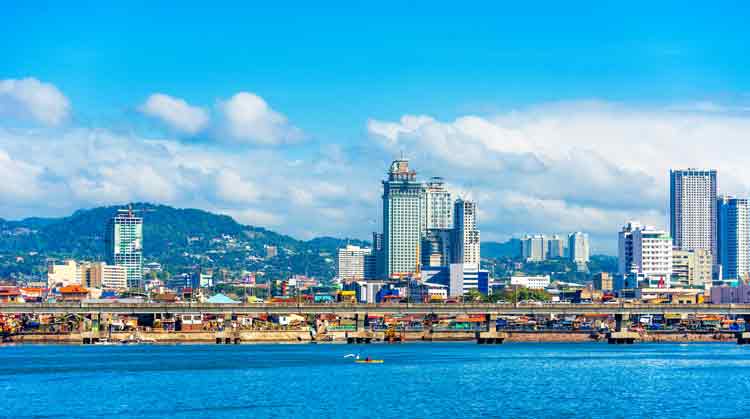Cebu, an island province in the central Visayas region of the Philippines, is a melting pot of cultures and traditions. Its strategic location and rich history have made it a hub of diversity, where various ethnic groups and languages coexist harmoniously. The ethnic diversity and linguistic heritage of Cebu reflect its vibrant and dynamic cultural landscape.
A Mosaic of Ethnicities
Cebu is home to a variety of ethnic groups, each contributing to the province’s rich cultural tapestry. The predominant group is the Cebuano, also known as the Bisaya, who are the native inhabitants of the island. The Cebuanos have a distinct culture characterized by their traditions, customs, and cuisine.
Apart from the Cebuanos, Cebu also hosts other Filipino ethnic groups, including the Tagalog, Ilocano, Waray, and Hiligaynon, who have migrated to the island over the years. These groups bring their unique traditions and cultural practices, enriching the local culture. Cebu is also home to a significant number of Chinese-Filipinos, whose ancestors migrated to the island centuries ago. They have played a crucial role in the local economy and have integrated their customs and traditions into Cebuano society.
Linguistic Heritage
The linguistic landscape of Cebu is as diverse as its ethnic composition. The primary language spoken in Cebu is Cebuano, also known as Bisaya or Binisaya. Cebuano is a member of the Austronesian language family and is spoken by millions of people in Cebu and other parts of the Visayas and Mindanao regions. It is the lingua franca of the island and serves as a vital part of the cultural identity of the Cebuanos.
In addition to Cebuano, Filipino (Tagalog) and English are also widely spoken in Cebu. Filipino is the national language of the Philippines and is taught in schools alongside English, which is used as the medium of instruction in many educational institutions and is the language of business and government. This multilingual environment fosters communication and understanding among the diverse ethnic groups in Cebu.
Cultural Interactions and Influences
The ethnic diversity of Cebu has led to a rich exchange of cultural practices and traditions. Festivals, for instance, are a significant aspect of Cebuano culture, with the Sinulog Festival being the most famous. Celebrated in honor of the Santo Niño (Holy Child), Sinulog features a grand parade, street dancing, and religious processions, attracting visitors from all over the world. The festival showcases the fusion of indigenous and Christian traditions, reflecting the island’s history of cultural interactions.
Cuisine is another area where Cebu’s ethnic diversity shines. The island’s food scene is a blend of flavors and influences from various ethnic groups. From the famous Cebu lechon (roasted pig) to Chinese dim sum and Filipino delicacies, the culinary offerings in Cebu are a testament to its multicultural heritage.
Preservation and Promotion of Heritage
Efforts to preserve and promote Cebu’s ethnic and linguistic heritage are evident in various cultural programs and initiatives. Schools and universities offer courses in Cebuano language and literature, ensuring that the younger generation appreciates and maintains their linguistic heritage. Cultural organizations and local government units also organize events and activities that celebrate the island’s diverse cultural heritage, fostering a sense of pride and identity among the people of Cebu.
Conclusion
The ethnic diversity and linguistic heritage of Cebu are integral to its identity and charm. The harmonious coexistence of various ethnic groups and the rich linguistic landscape create a vibrant and dynamic cultural environment. As Cebu continues to grow and develop, its diverse cultural heritage remains a source of pride and a testament to the island’s history and resilience. Exploring the ethnic and linguistic diversity of Cebu offers a deeper understanding of its people and their way of life, making it a truly unique and fascinating destination





